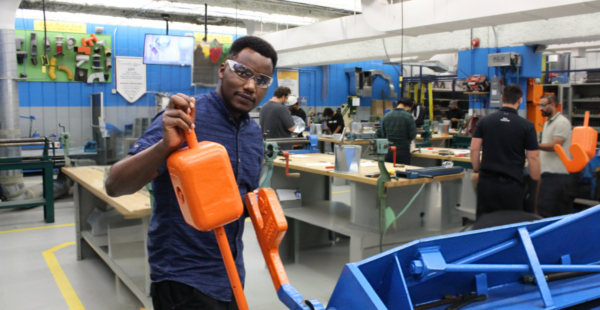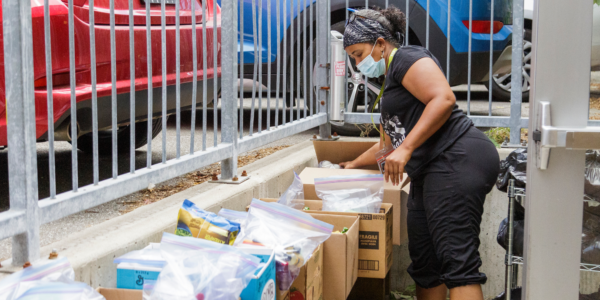It's a parent's responsibility to teach their children lessons that would help them navigate the world. As parents teach their kids the value and benefits of giving their time, effort or money to those who need it, these lessons can positively shape a child's worldview and personality from a young age. Encouraging philanthropic behaviour can help a child be more empathetic and also can help with their self-confidence.
We asked Teresa Vasilopoulos, the Executive Director of The WoodGreen Foundation, author of the new children's book What Can You Do with Just One Dollar? and a fundraising pro with 25 years of experience, to give us some advice on how to teach your kids to give back. Here are some of her top tips!
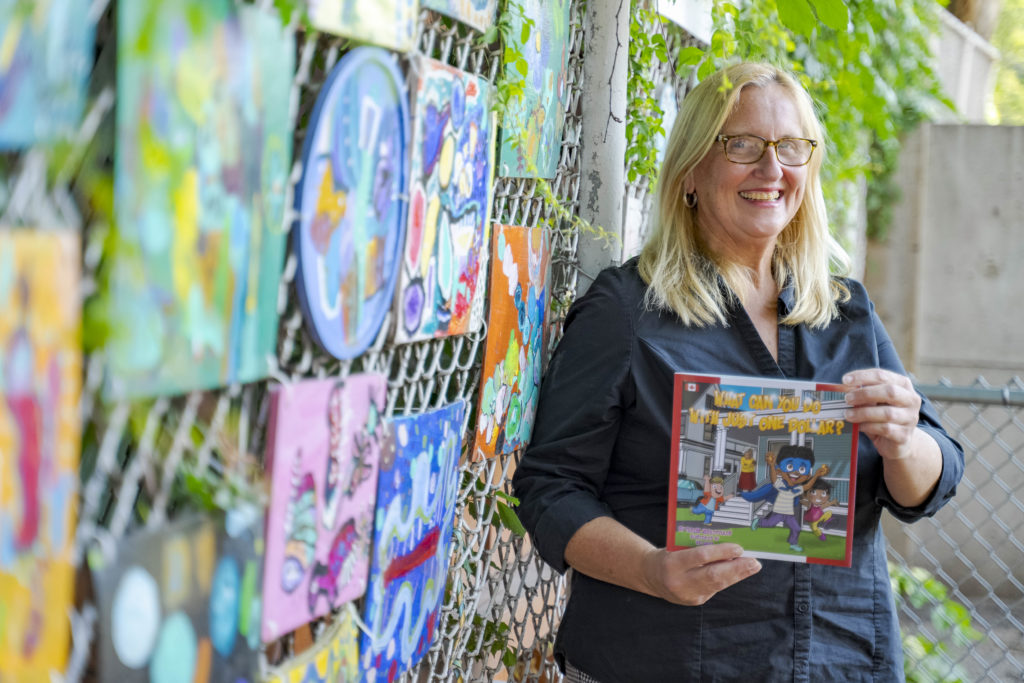
Teach kids to give back early
Kids are like sponges when they are young. They absorb so much of the information you teach them, which unconsciously becomes part of who they are. By introducing kids to helping others early, empathy and giving can be traits of who they become. It also helps if you lead by example, showing your child your philanthropic efforts. Children’s parents are their first role models, so lead by example, and they will be sure to follow!
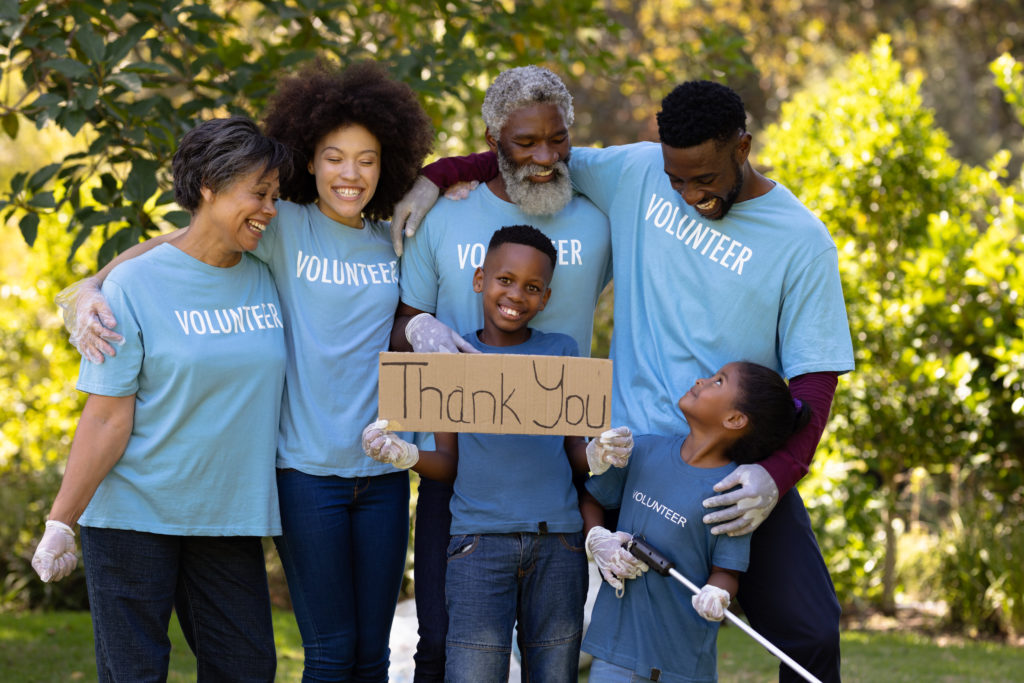
Explain why it’s important to give
Explaining giving to the less fortunate may seem like too much of a dark topic for kids. However, instead of focusing on the negative parts of the situation, you can show how their efforts can help change a life. You can also encourage them to be the change they want to see by donating their time and efforts to things or causes that they show interest in.
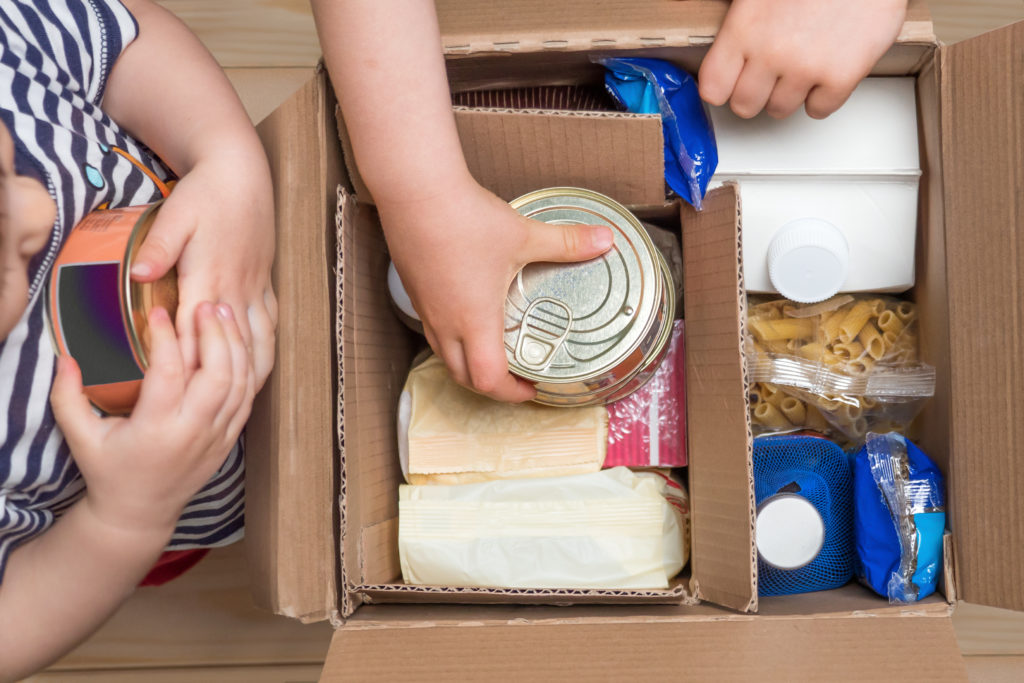
Show there are many ways to give back
For some, giving or philanthropy is synonymous with money, but that isn't always the case. A child can share many things aside from money. For example:
- Volunteering their time
- Donating some belongings
- Raising awareness about a particular cause
- Bake sales
- Lemonade stands
- Collecting non-perishables and donating them to a food bank
There are all kinds of things children can do. Teresa suggests simple activities like painting rocks or baking cookies to sell, and the children should tell their customers where the money is going. This way, they can develop their reasons why they want to give back. Your kids could also become passionate about causes that may even lead to a future career!
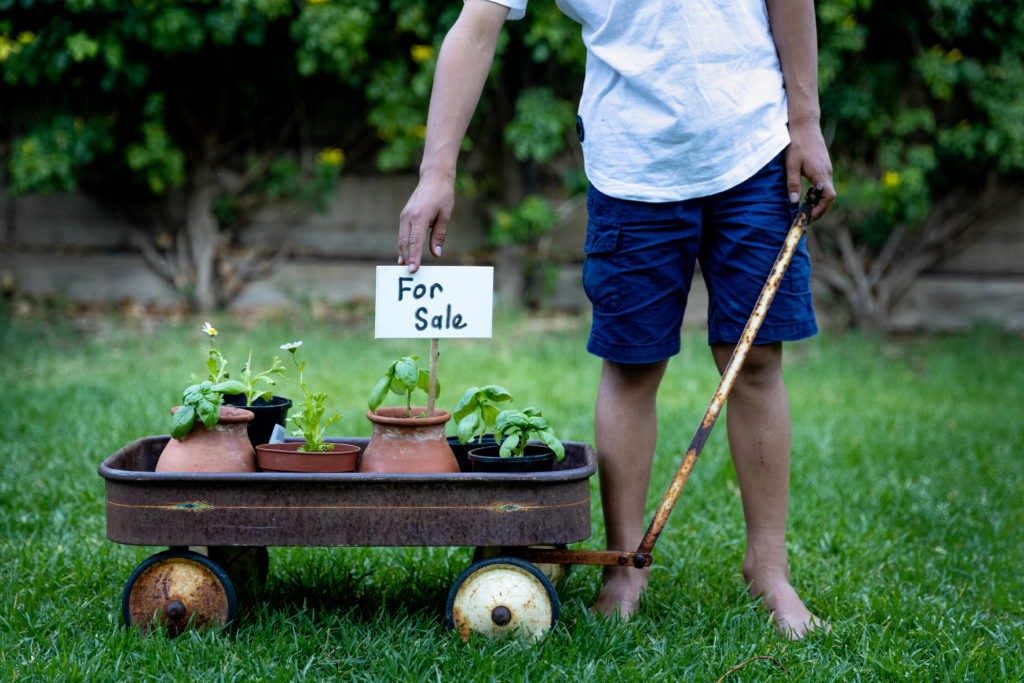
Show them that they have the power to change the world
Some kids believe that without a substantial amount of money to donate, there’s no point in them participating in philanthropic efforts. However, it's important to remind them that everyone has the power to change the world, whether in their community or on a global scale. Emphasize that the goal in giving back isn’t to solve the world’s problems instantly but to pay it forward and make someone else’s life or a situation a little easier.
There is more to giving than making a change in the world, and there are benefits to the child. Helping others makes people feel great; kids can get a bit of a self-boost or gain self-confidence. It helps kids be more empathetic as individuals. They will look at the world differently when they start thinking about others and others' needs rather than themselves. Kids (and parents) will get back more than they give, even if it is not a big project. Find something that works for your child, start small, and they will reap the benefits over time!
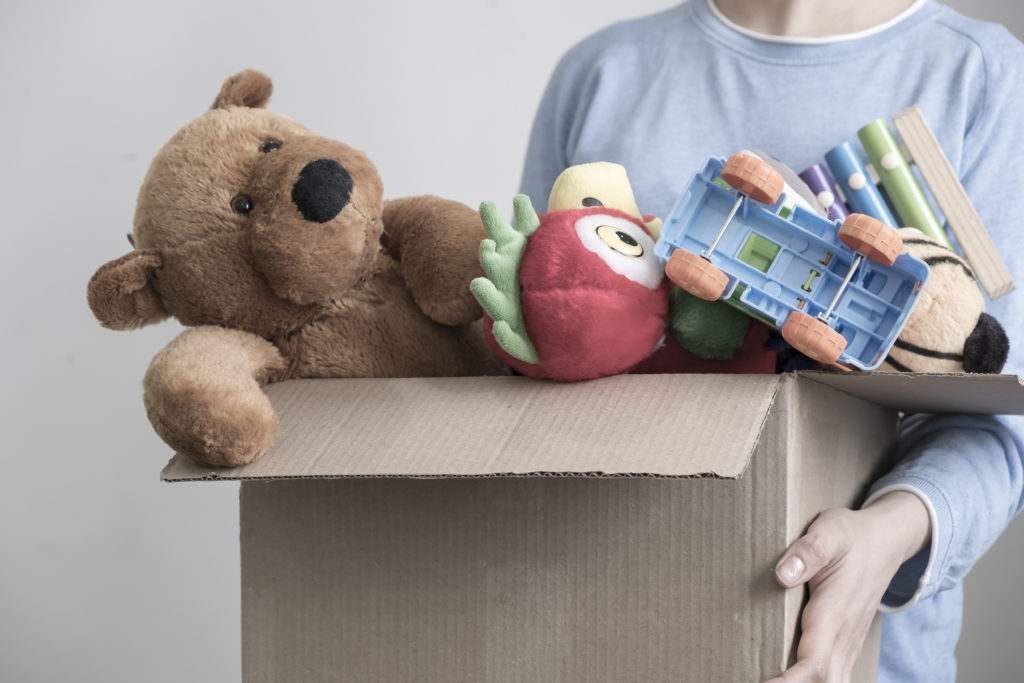
If you are looking for an excellent way to start, pick up a copy of What Can You Do with Just One Dollar? and share it with your kids to inspire them to give back. All proceeds from the book go to support WoodGreen!



